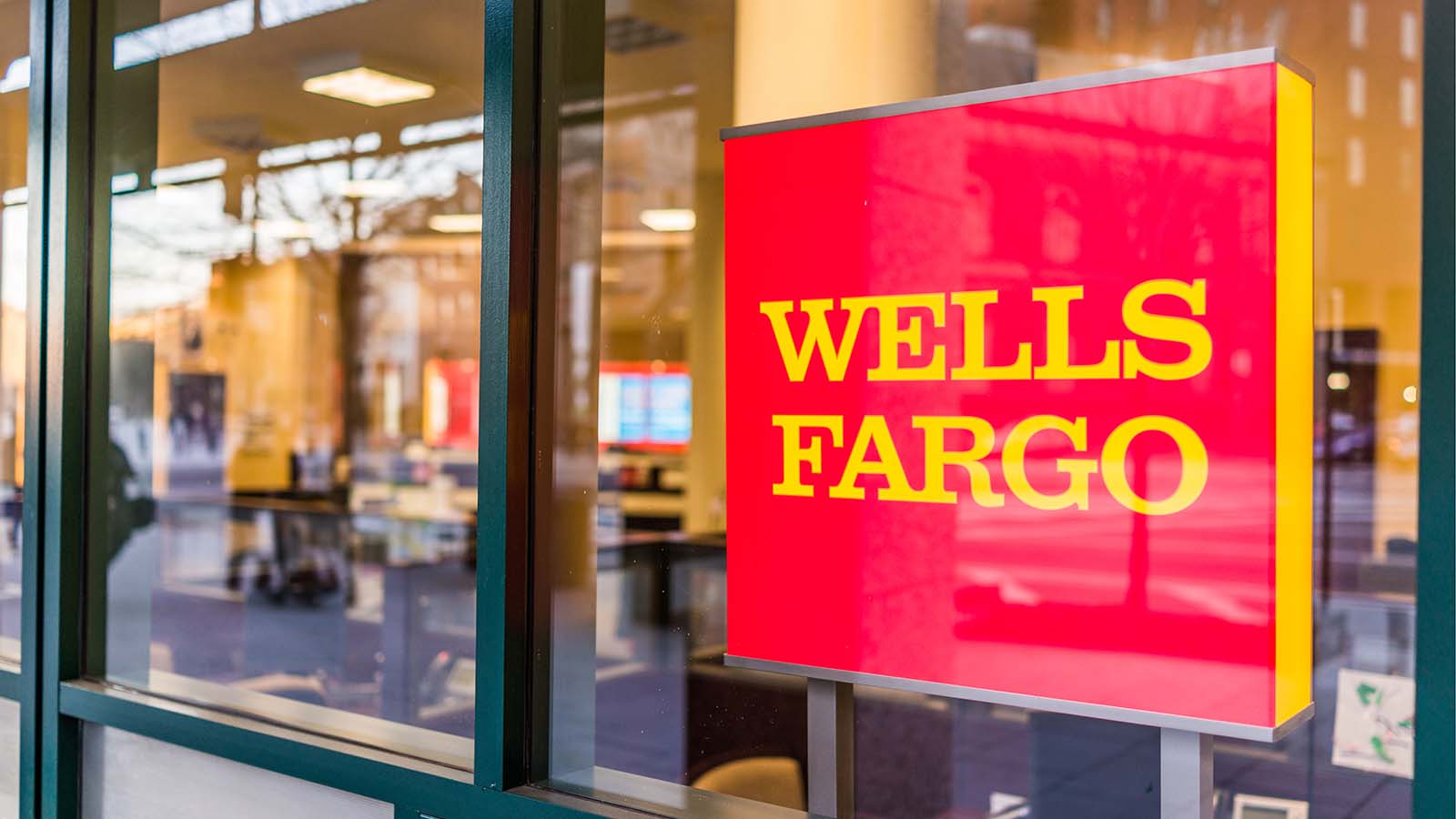Democrats are outraged that Wells Fargo (NYSE:WFC) had to pay “only” $3 billion to settle charges related to its fake accounts scandal. Were that all of it, it would have been a wrist slap. But it’s not.

Unlike any bank after the 2008 meltdown, Wells Fargo has had to do a complete clear-out of its executive suite. The shares are down 11% since the first fines were levied in September 2016. The company’s price-to-book value, a ratio of its assets to its value, has plunged from 1.4 to 1.1 since the scandal broke. That of JPMorgan Chase (NYSE:JPM) has risen to 1.7.
Wells Fargo’s reputation is in tatters. The man who led it into the abyss, John Stumpf, has been fined millions and banned from banking. His entire team has had their reputations ruined.
The question for investors now becomes, after Wells Fargo has fallen, can it get back up?
Meet the New Boss
The new boss is Charles Scharf. He had been CEO of Visa (NYSE:V) before taking on Wells. Visa, you might notice, is worth more than JPMorgan Chase.
That’s because Visa is more a technology platform than a bank. Scharf learned at Visa that all financial intermediaries are just that — technology platforms. Scharf has also been an executive at Citigroup (NYSE:C), Bank of New York Mellon (NYSE:BK) and JPM. It’s said that when JPMorgan Chase CEO Jamie Dimon has a thorny problem, Scharf is the man he calls. The Financial Times has labeled Scharf “a Dimon protégé.” (You might call him a Dimon in the rough).
Scharf has already done his first re-organization, separating the lending side of the bank from the accounts side, and having all top leaders report to him. He has hired new executives, many with JPMorgan experience. The tech team was already loaded with former Morgan people.
Buffett Still on Side
Berkshire Hathaway (NYSE:BRK.A, NYSE:BRK.B) CEO Warren Buffett has stayed with Wells stock throughout the scandal.
While his capital gains haven’t been huge, he has seen the dividend grow from 30 cents per share to 51 cents. Even now the stock yields a fat 4.3%, and it’s covered twice-over by earnings. The bank’s stock buyback program, worth $7.3 billion last year, has kept the stock from collapsing.
Buffett pared his Wells stake down in 2019. His most recent disclosure shows him cutting his stake to 323 million shares, 7.7% of the 4.2 billion shares outstanding. He needs to keep his stake below 10% to stay on the good side of regulators. He has also been selling Bank of America (NYSE:BAC) shares.
The Big Problem
The biggest problem Scharf faces now is that money doesn’t make money.
In the bank’s fourth-quarter report, its net interest margin fell to 2.5%. Yields on loans were just 3.5% in the most recent quarter.
Wells also paid out $1.5 billion in legal fees during the quarter, against net income of $2.9 billion. Cutting those costs by satisfying regulators is job one, Scharf said.
Job two, he said, is technology. One of the executives he’s keeping from the team of predecessor Tim Sloan is Saul Van Buerden, who became head of technology in April. Van Buerden had spent the five previous years at JPMorgan.
The Bottom Line on WFC Stock
Wells Fargo no longer has the best price-to-book ratio in the industry, or the best total return. But it does have the fattest yield.
That makes it a good stock for income investors right now, even before Scharf’s turnaround plan takes hold. Once other investors see the results, the capital gains should flow.
Dana Blankenhorn has been a financial and technology journalist since 1978. His latest book is Technology’s Big Bang: Yesterday, Today and Tomorrow with Moore’s Law, essays on technology available at the Amazon Kindle store. Follow him on Twitter at @danablankenhorn. As of this writing he owned shares in WFC and JPM.
